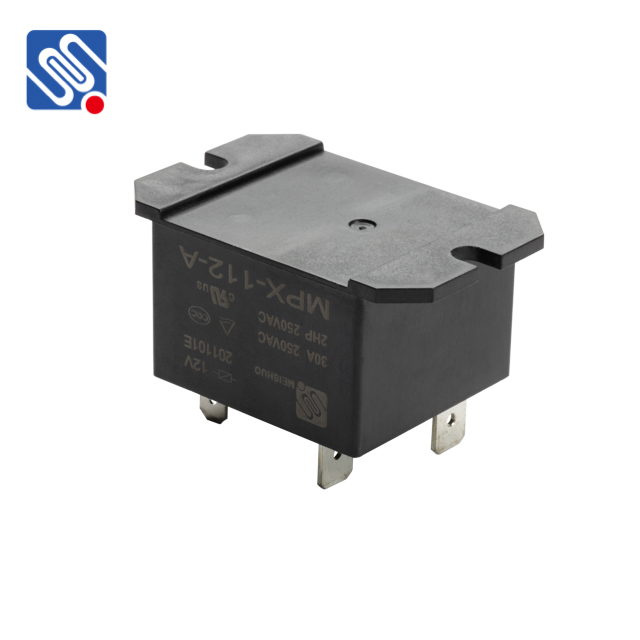understanding the 220v 30a relay: key features and applications
Release time:2025-08-08 04:14:01
A 220V 30A relay is an electrical component commonly used in various applications, from home automation to industrial machinery, due to its ability to handle high-voltage loads. Relays, in general, act as switches that control a circuit by opening or closing contacts. The 220V 30A relay is a specific type of relay designed to manage high voltages (220V) and high current ratings (30A). This article will delve into the significance of this relay, its key features, applications, and why it’s chosen for heavy-duty electrical tasks.

What is a 220V 30A Relay?
At its core, a relay is an electrically operated switch. It allows a low-power signal to control a high-power circuit. The "220V" refers to the maximum voltage that the relay can handle on the switched circuit, and "30A" refers to the maximum current it can carry. For a 220V 30A relay, this means it is built to handle devices running at 220 volts and currents up to 30 amperes. These relays are essential in situations where you need to control high-power electrical devices with low-power signals.
Key Features of a 220V 30A Relay
High Voltage Capacity: One of the most significant features of the 220V 30A relay is its capacity to handle high voltages. This is crucial in regions where the standard mains voltage is 220V, such as in many parts of Europe, Asia, and Africa. It ensures that the relay can work effectively with most domestic and industrial power systems.

